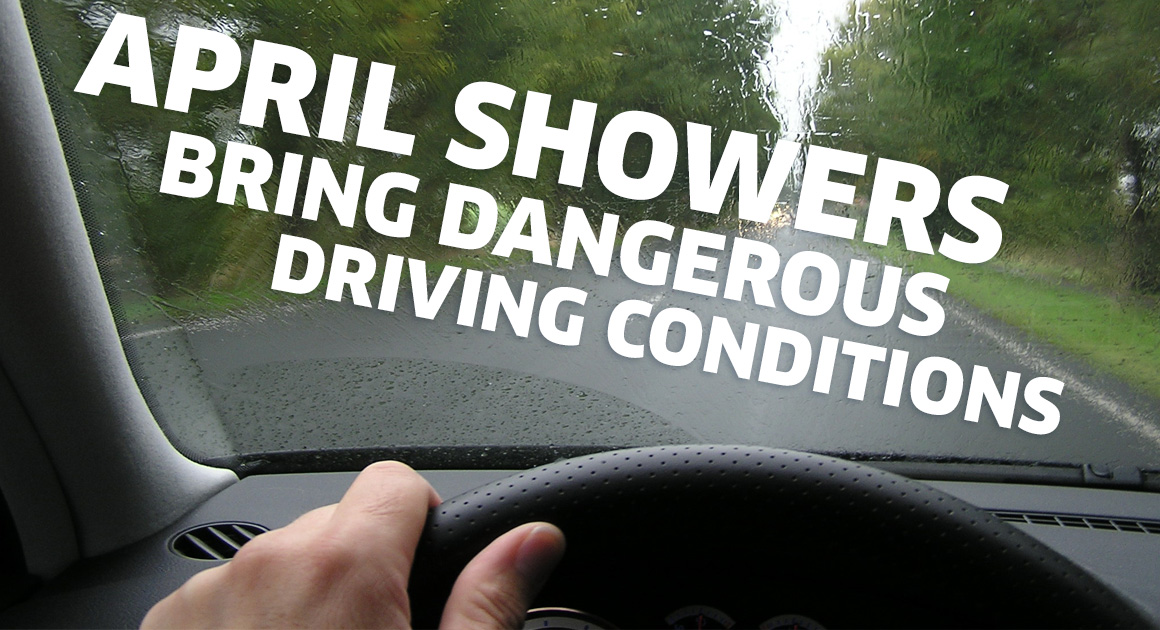Spring is in the air. People are opening windows, flowers are trying to bloom and in the Midwest, rain frequents the weather forecast. There has been so much focus on winter hazards and massive blizzards leaving drivers stranded that when springtime arrives, dangerous driving conditions are often overlooked. According to exchange.aaa.com, 1.2 million traffic crashes are related to wet pavement annually. So, now that spring is here its time to refresh your memory that April showers bring dangerous driving conditions.
Automobile Maintenance
Prepare your vehicle for the spring just like you prepare your vehicle for the winter.
- Windshield wipers need to be replaced when streaks are left behind or it takes multiple passes of the wiper to clear your windshield. Windshield wipers can be purchased at any retail store or can be installed when getting your oil changed.
- Check tire pressure and tread on each tire (including the spare). Adequate tire tread gives your vehicle traction over the pavement. Undoubtedly, worn tread equates to needing new tires. New tires do not guarantee that you won’t skid or experience hydroplaning but they will increase traction.
- Check and replace as needed headlights, blinker signals, and emergency flashers. It is important to be seen during wet conditions.
Tips for Driving in Dangerous Conditions
- SLOW DOWN. The speed of your vehicle can be directly related to your ability to stop, avoid a collision, or avoid hydroplaning. This is the time that it is ok to drive like your grandma. It is not recommended to use cruise control during wet conditions either.
- Increase the car length between yourself and the vehicle in front of you. The extra space will allow you to avoid slamming on brakes, make lane changes safely, and increase your visibility.
- If your windshield wipers are on so should your headlights; even during daytime hours. It is important that your vehicle is visible to both directions of traffic.
- Decrease distractions at all times when operating a vehicle but especially during dangerous driving conditions. Turn the radio down or off so you can hear emergency vehicles, or honking horns. Put your cell phone somewhere that a call or text won’t tempt you to take your eyes off the road. What can happen during dangerous driving conditions in the blink of an eye is worth saving that important text for later.
What to do if You Skid or Hydroplane
- Hydroplaning is defined as a vehicle sliding or skidding on wet pavement. Hydroplaning can occur in both shallow and deeper pools of water on roadways and bridges. It is important not to panic, not to accelerate and not to slam on the brakes. Attempt to travel in the direction that you are heading, ease off the accelerator and steer gently to allow your tires to gain traction. There is no harm in mentioning this again: slow down.
April’s showers do bring dangerous driving conditions, but they also breathe life back into trees and flowers and are a sign of the warmer months ahead. So, this April, slow down, avoid hydroplaning and watch April’s showers bring May’s flowers.
Consult your vehicles operating manual for further tips on driving during dangerous conditions.

